Beyond the Icon: Why McLaren’s Artura Is The Supercar For Now

Let’s cut straight to it: The Porsche 911 has occupied the top step of most buyers’ sports car podiums for much of the last six decades. It’s the car that everyone, from celebs to CEOs to your cashed-up accountant mate, covets.
With the new hybrid-powered 911 GTS, Porsche has executed a carefully calculated evolution, electrifying its icon without diluting its DNA. Clever and typically Germanic in its methodical approach, it’s the sort of engineering precision that’s made the 911 the default choice.
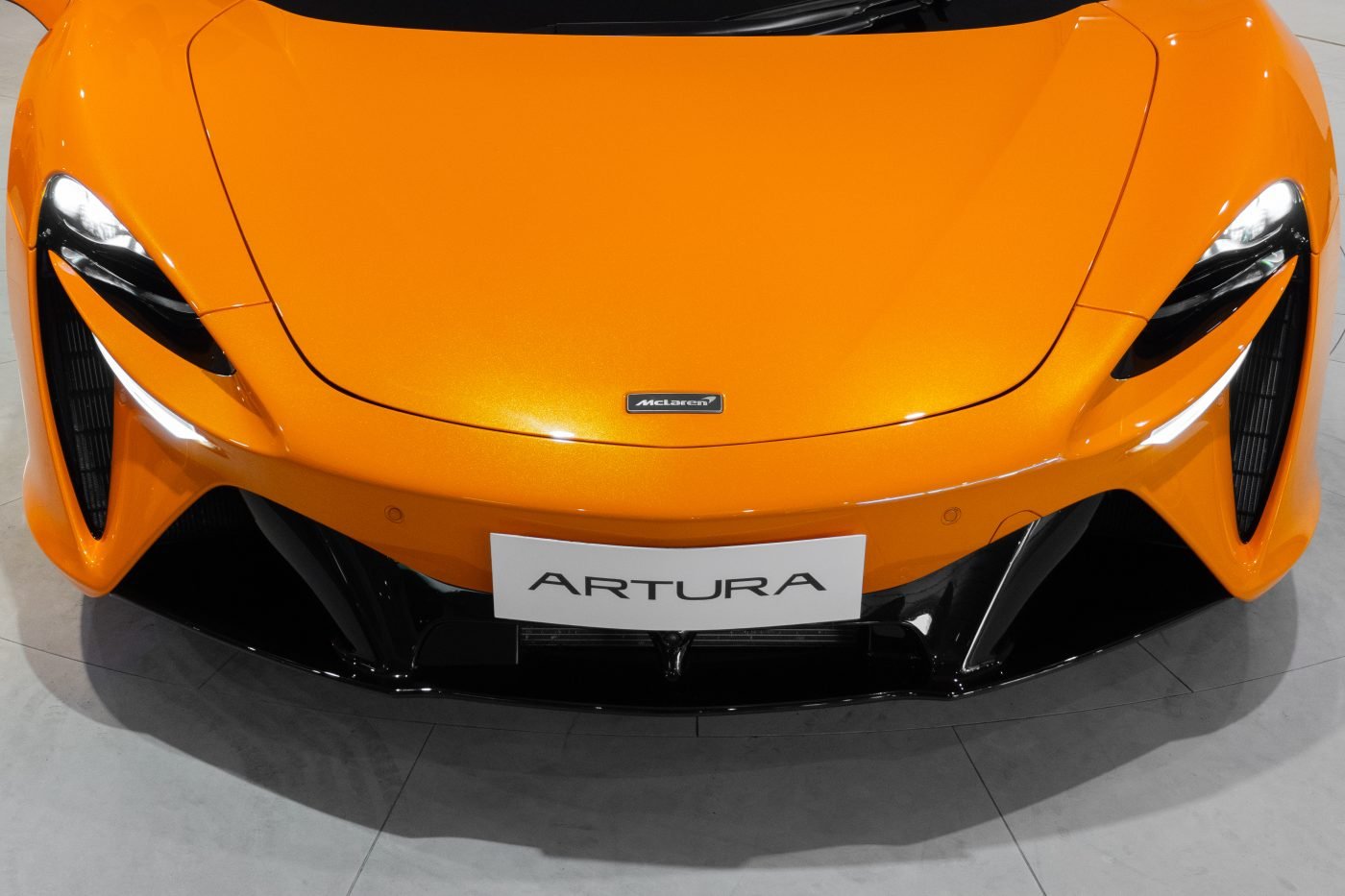
But before you Vote 1 Porsche, another contender demands your consideration. Actually, it bloody well deserves it. One that might reveal the Swabian emperor’s clothes aren’t quite as dazzling in isolation.
Enter the McLaren Artura. Available in both Coupe and Spider (convertible) versions, the Artura is a plug-in hybrid (yes, you read that right) mid-engined supercar that represents a fundamental rethink of what an electrified performance car can be.
For the avoidance of doubt, this isn’t your neighbour’s Prius with delusions of grandeur; it’s a proper supercar that happens to use electricity to go faster, not just farther.
The timing couldn’t be better, either. McLaren’s F1 team has transformed from also-ran to champion in record time, with Lando Norris and Oscar Piastri as clear favourites for this year’s Drivers’ Championship. When your racing team is consistently on the podium, it tends to validate everything else you’re doing.
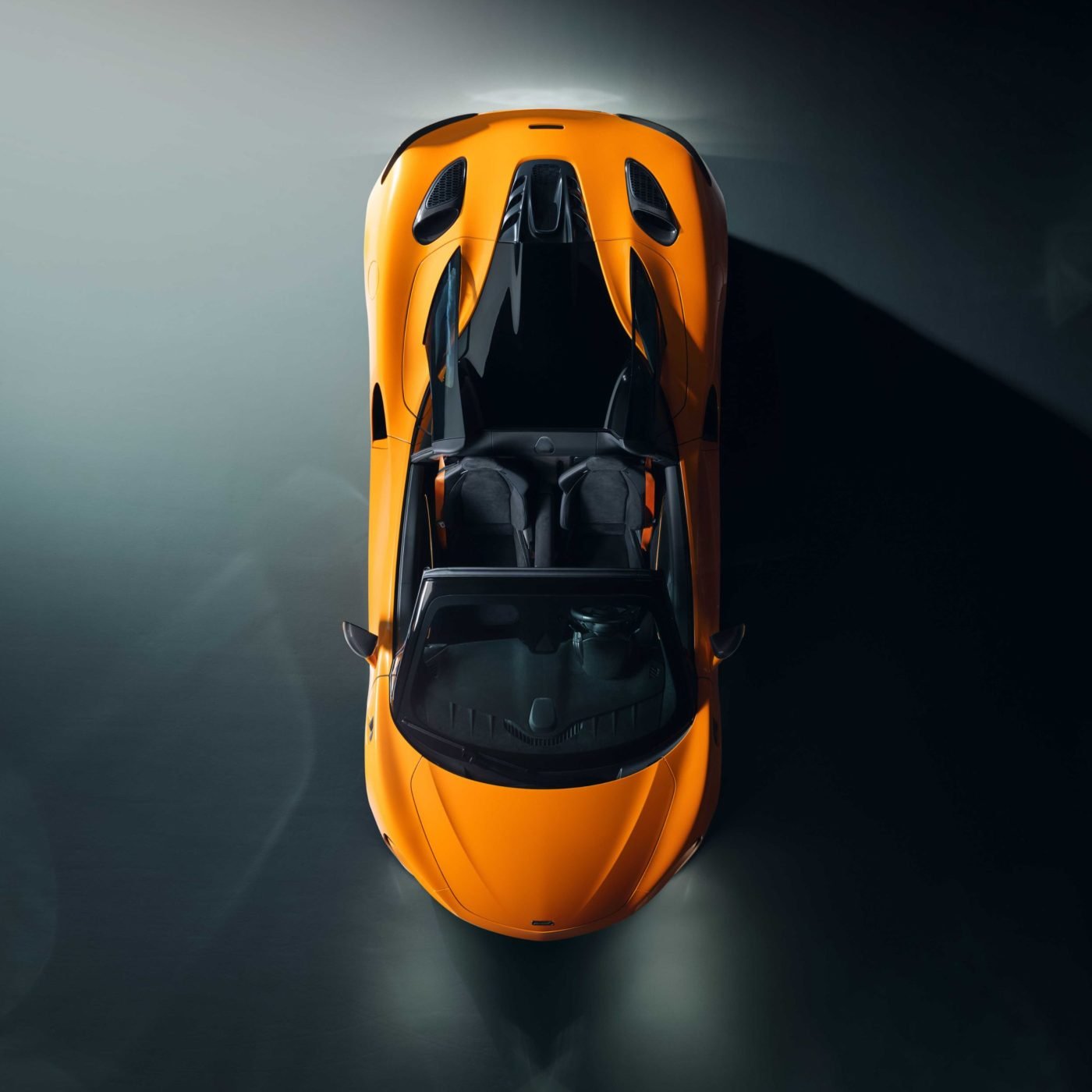
Indeed, Piastri’s breakthrough 2024 season coincided with McLaren’s return to genuine F1 competitiveness.
The papaya team that was struggling for points just two years ago took the 2024 manufacturer’s title in a tight tussle. Both the team and Piastri have hit their straps in 2025, and it’s not so much a case of challenging for wins as it is verging on dominance. That transformation from backmarker to champion-elect mirrors exactly what the Artura represents for McLaren’s road car division
Piastri’s looking after his own PR with his on-track efforts. Here’s the Artura’s headline-grabbing stuff: 515kW, under 1500kg in coupe form, 0-100km/h in 3.0 seconds, 0-200km/h in a frankly ridiculous 8.4 seconds, and the ability to travel over 30km on battery alone.
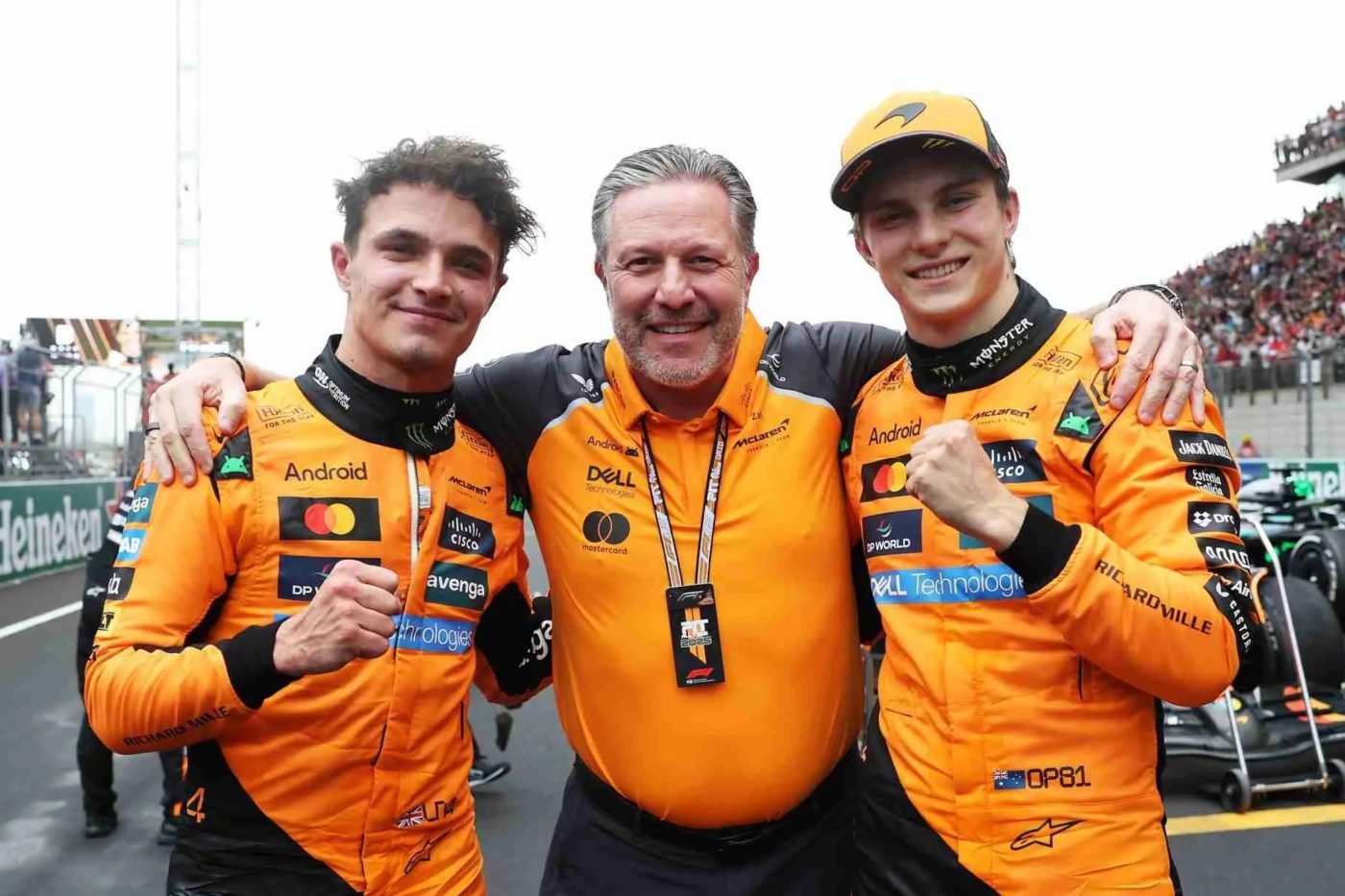
They are numbers that make even the excellent 911 GTS look… well, a bit pedestrian. In fact, the McLaren Artura offers something above: engineering purity that costs less than you’d expect while delivering more than you’d believe.
In a market where the Ferrari 296 GTS demands close to $700,000 before an option box is ticked and the Aston Martin Vantage easily tops half a million in the most popular specifications, McLaren’s newly revised pricing for the Artura Coupe, starting from $401,760 AUD excluding on-roads and McLaren Artura Spider at just $449,460 excluding on-roads, starts to look like proper value.
When looking at the McLaren Artura Spider variant, the corporate cheerleading spruiks, “The new Artura Spider embodies the best of McLaren’s pioneering engineering.” For once, the numbers suggest this enthusiasm isn’t just marketing froth.
In an industry where manufacturers routinely add weight with each generation, McLaren has somehow created a convertible hybrid lighter than most coupes, including the new 911 GTS. It’s the automotive equivalent of making a lamington healthier by adding more coconut.
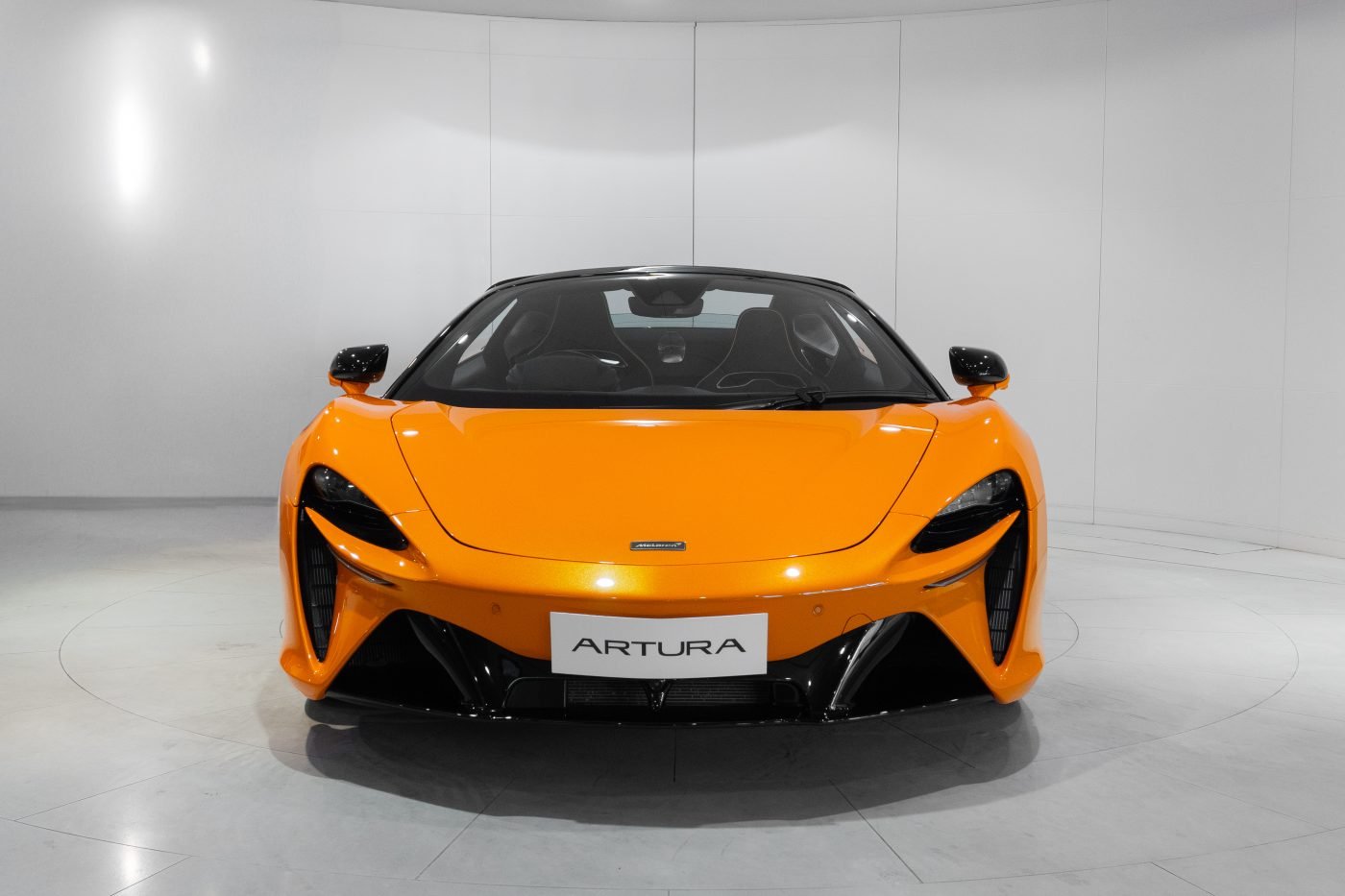
Here’s where McLaren’s F1 DNA becomes more than marketing speak and where an evolutionary approach to engineering can show its limitations.
The McLaren Artura Spider weighs 1560kg (DIN), genuinely remarkable for a convertible hybrid. The 911 GTS, despite Porsche’s obsessive weight-watching (they’ll spend thousands to save grams), tips the scales at approximately 1600kg as a coupe with its hybrid system. The convertible version adds another 50kg on top.
Think about that for a moment. McLaren has created a convertible with more power, electric capability, and the rigidity of a racecar that’s lighter than Porsche’s benchmark coupe. It’s the difference between evolution and revolution, Porsche adding hybrid technology to existing architecture versus McLaren designing everything from scratch with the precision of a Formula 1 team (which, let’s not forget, it actually is).
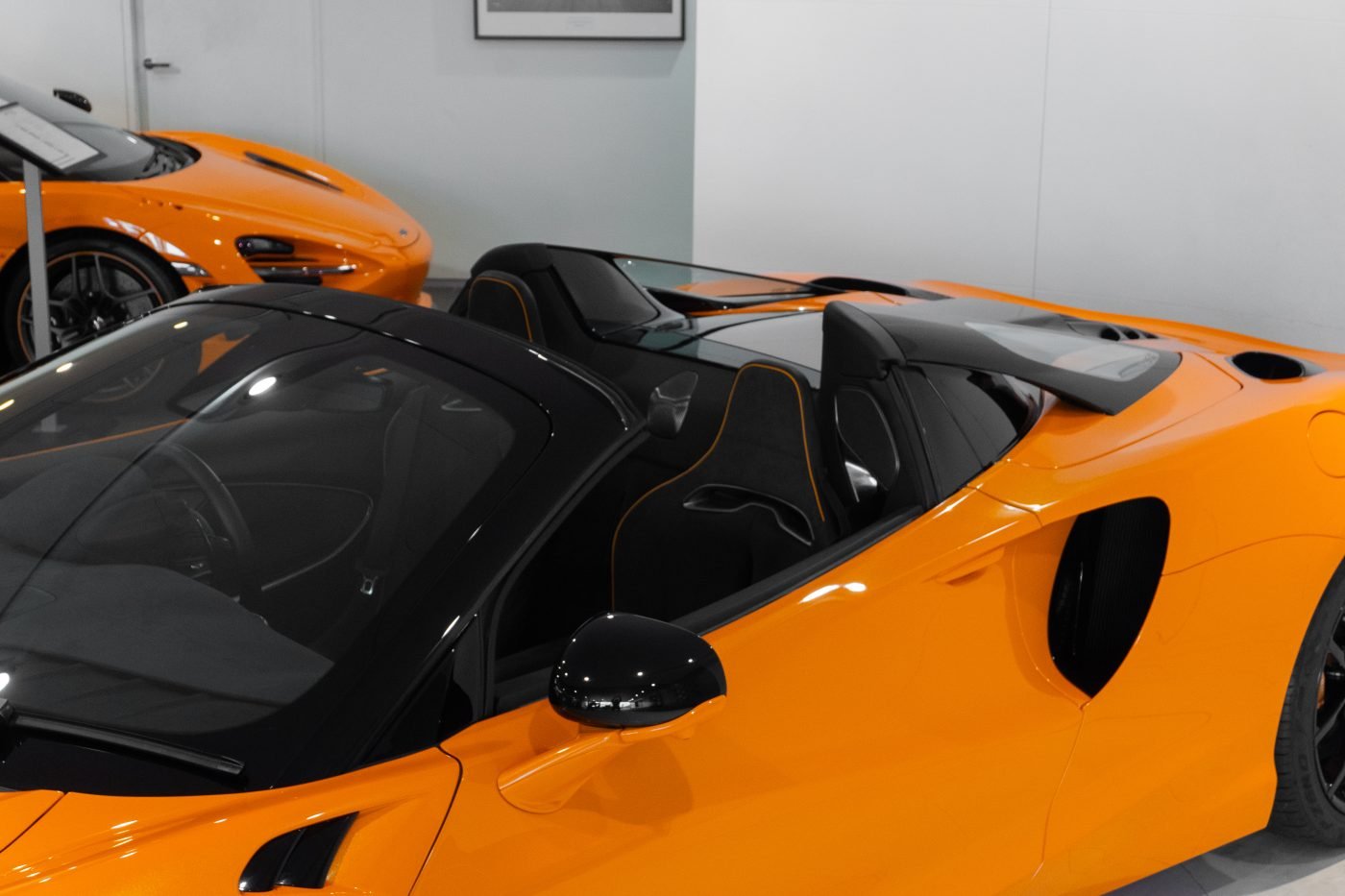
The McLaren Artura coupe’s weight advantage is even more telling, weighing in under 1500kg, it is at least a passenger (and then some) lighter than the Porsche.
The power-to-weight advantage is staggering. At 480PS per tonne (at lightest dry weight), the McLaren Artura embarrasses its 911 GTS counterpart’s more modest ratio like a professional swimmer racing against weekend pool noodle enthusiasts.
This isn’t achieved through corner-cutting or carbon-fibre Instagram bling. McLaren’s Carbon Lightweight Architecture (MCLA) was designed from day one to accommodate the convertible without compromise. No additional strengthening is required for the open-air version, no structural Band-Aids, and no “we’ll sort that out in the next generation” compromises.
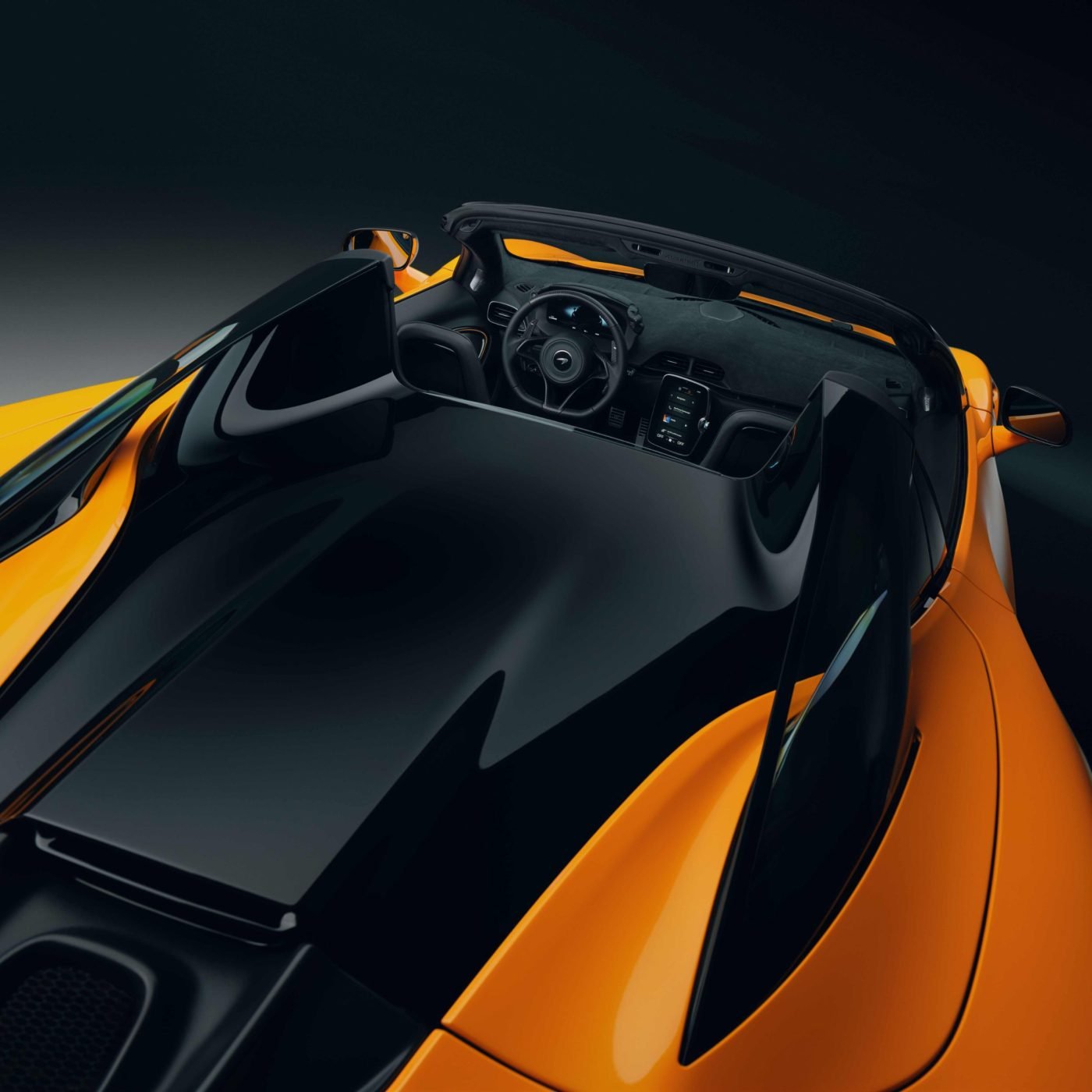
While Porsche perfects existing solutions (admirably), McLaren reimagines the fundamentals. The McLaren Artura’s highly compact axial flux E-motor, with 33% greater power density than the system in the legendary P1 hypercar, exemplifies this approach. It’s positioned exactly where physics demands it should be, not where existing architecture allows it to fit.
For context, the Ferrari 296 GTS manages similar weight figures. Still, it costs $150,000 more (because it’s a Ferrari), while the Aston Martin Vantage, despite having no electrification whatsoever, weighs around 90kg more than the McLaren.
When even traditional sports cars can’t match a hybrid convertible’s efficiency, you know someone’s doing something properly special.
Both Porsche and McLaren embrace electrification, but their approaches couldn’t be more different. Porsche’s t-hybrid system represents automotive evolution at its finest. The 911 GTS combines an all-new 3.6-litre boxer engine with an electric turbocharger and an e-motor sandwiched between the engine and gearbox.
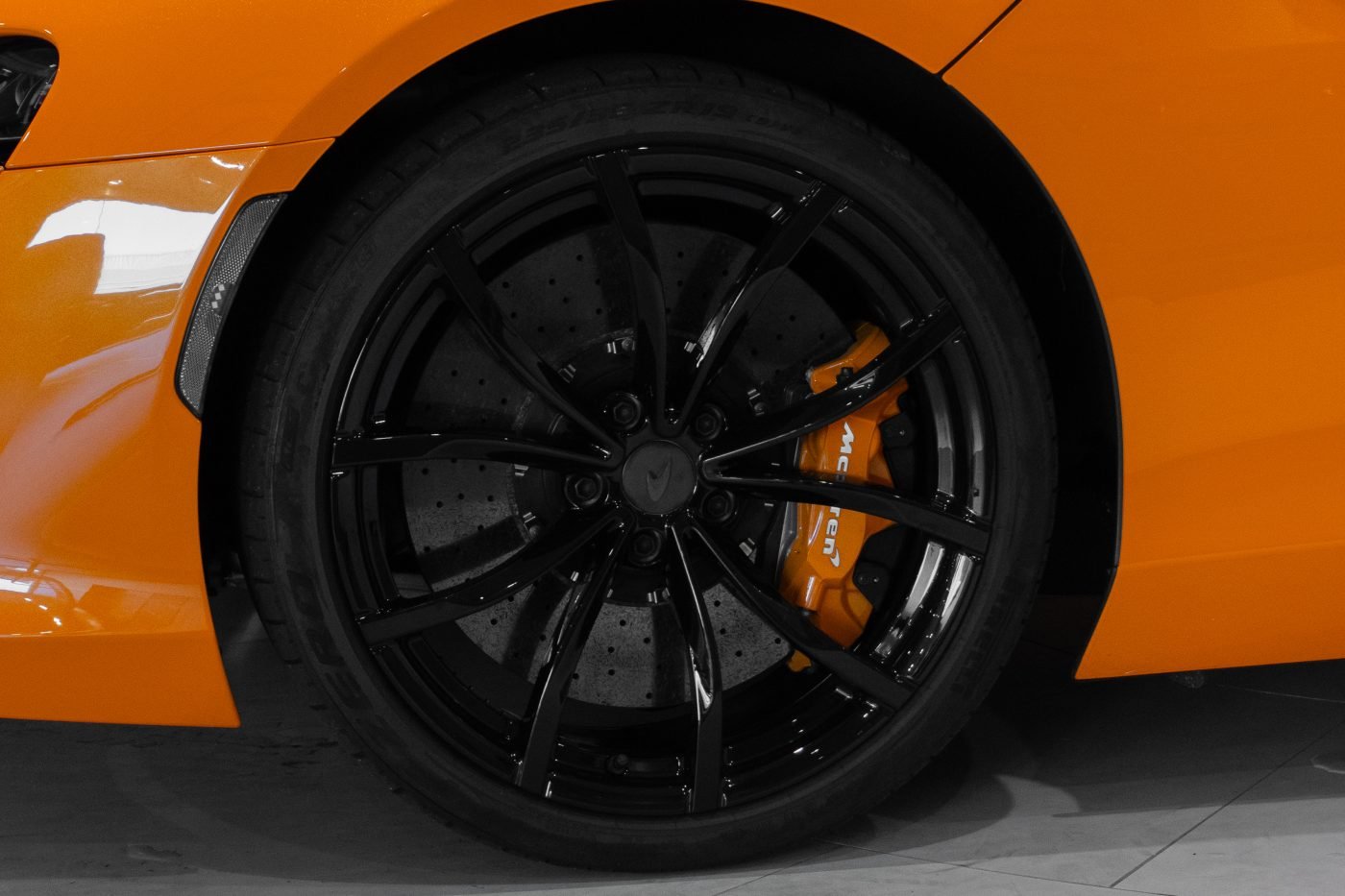
The result is a substantial 398kW and 610Nm, with an extra 150Nm of instant electric torque that banishes turbo lag to the history books. It’s brilliant, practical engineering that maintains the 911’s character while adding performance.
Call it convervative, but it works like a Swiss watch: reliable, precise, and reassuringly familiar. There’s genuine brilliance in Porsche’s ability to add that much hybrid assistance without losing the 911’s soul. It’s evolutionary engineering at its finest.
McLaren took a different approach, of course. Chuck out convention and start fresh. The McLaren Artura family was conceived as a hybrid from day one, with a twin-turbo V6 and e-motor generating 700PS (515kW) and 720Nm. McLaren has recalibrated the powertrain in the latest version with an additional 20PS focused from 4000-8500rpm redline.
In regular-person speak, it builds power and pace like a proper racecar charging down Conrod Straight.
The numbers tell the story better than any marketing department could: both McLaren Artura and Porsche hit 0-100km/h in 3.0 seconds (impressive), but the McLaren continues to 0-200km/h in just 8.4 seconds (properly mental).
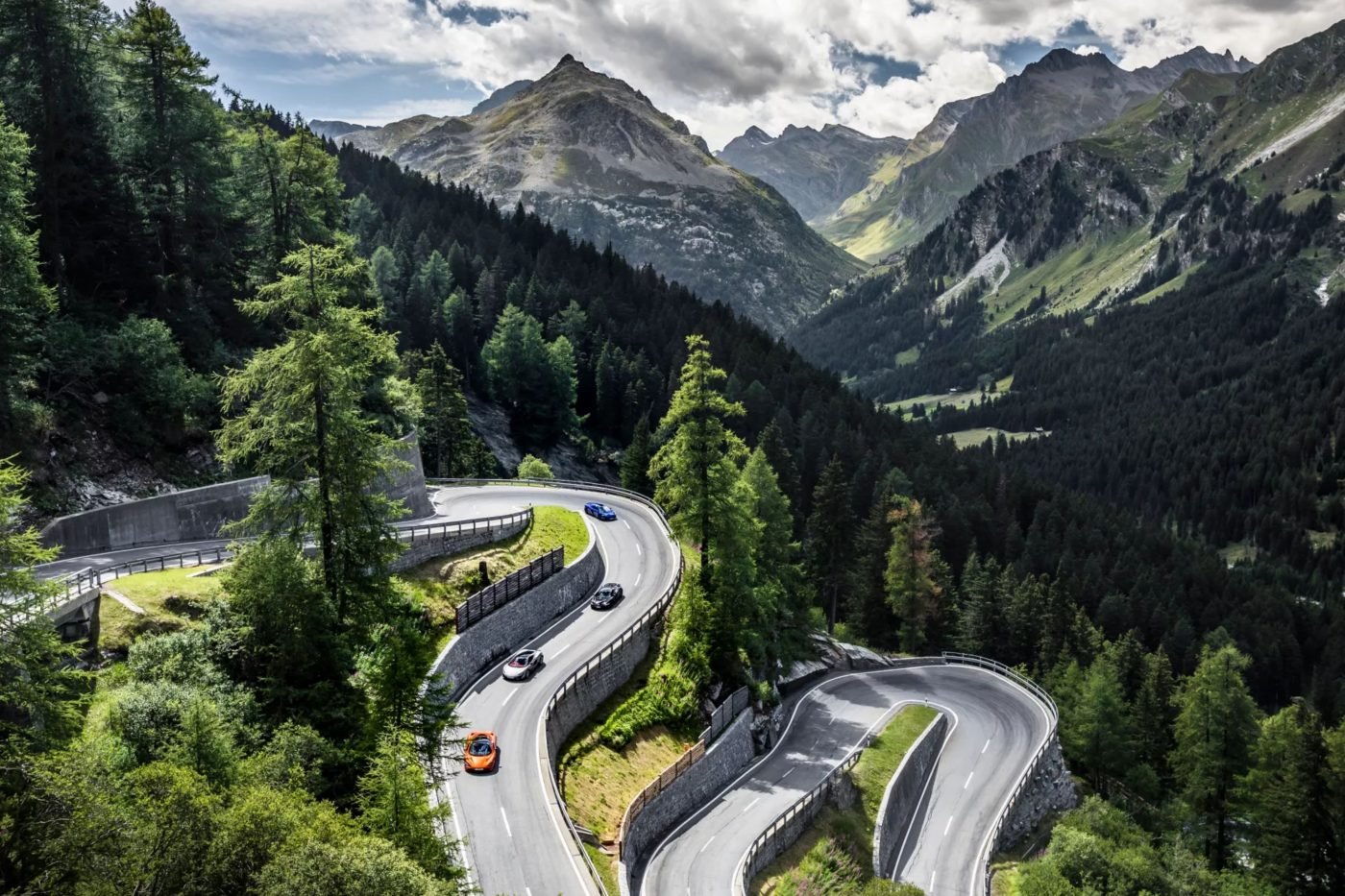
More importantly, for daily driving in our increasingly eco-conscious world, the McLaren Artura offers something the 911 GTS cannot, a genuine 33km electric range and plug-in capability. Perfect for sneaking out of the garage at 6am for a weekend drive without waking the family.
While others perfect the past, McLaren creates the future with British ingenuity and F1-derived obsessiveness.
McLaren’s transmission features 25% faster gearshifts thanks to revised calibration and a new pre-fill feature that pressurises the hydraulic system to the “kiss point”, ready to change gear before you’ve even asked.
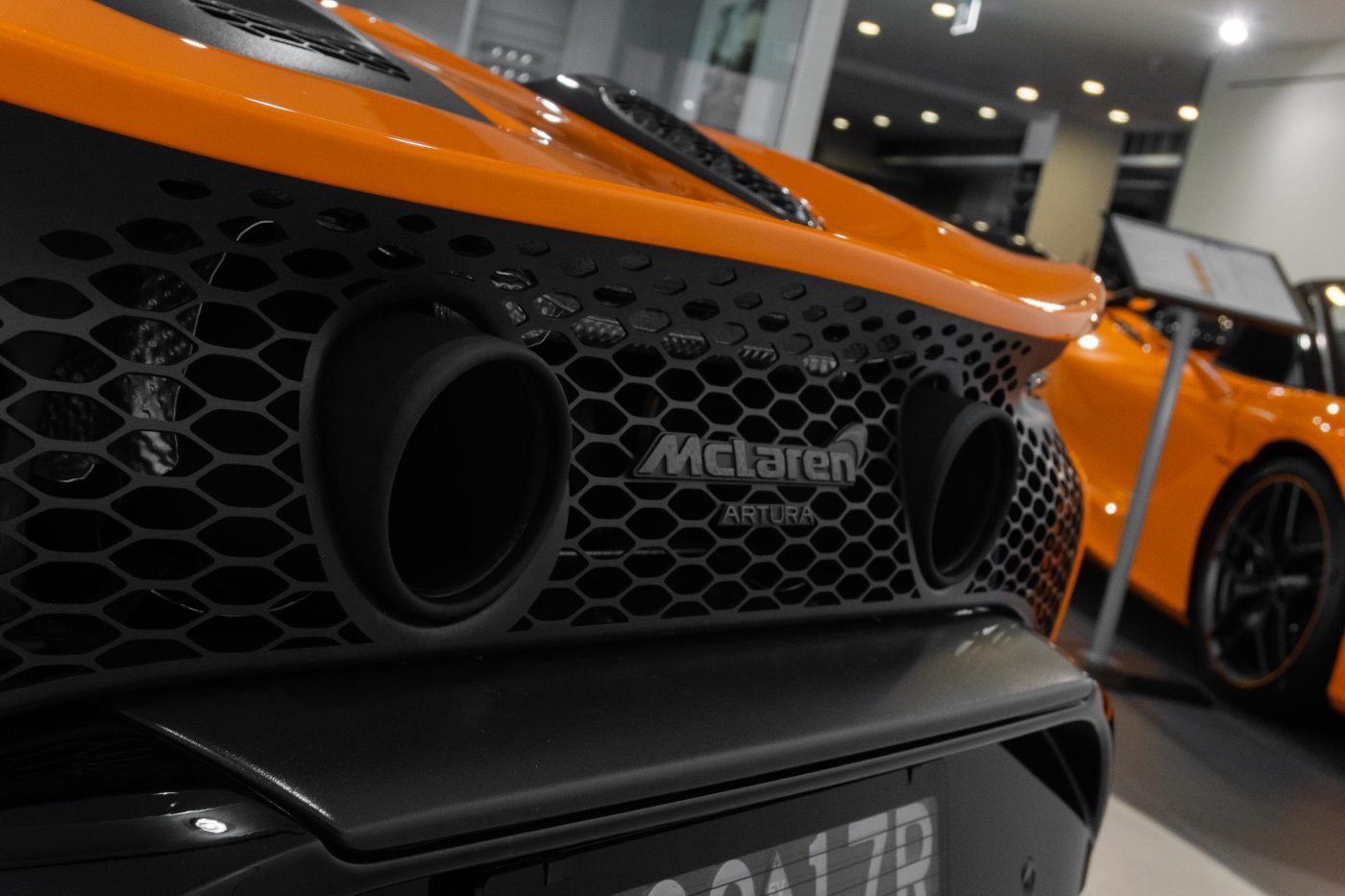
The Proactive Damping Control system now responds up to 90% faster to road surface changes, meaning it’ll adapt to those charming Melbourne potholes or Sydney’s concrete expansion joints before your body clenches for the bump.
These aren’t headline-grabbing improvements that’ll impress your mates at the pub. However, they ARE the sort of obsessive engineering details that separate genuine performance cars from cleverly updated icons with impressive spec sheets.
Let’s be frank, if you want a sports car you can use every day without drama, the 911 GTS is still the gold standard.
It’ll handle the school run as happily as it’ll handle Phillip Island’s 4.45km of blacktop, and if something goes wrong, Porsche’s footprint and service ethos is first class. That’s not just convenience, it’s peace of mind that McLaren’s still building toward.
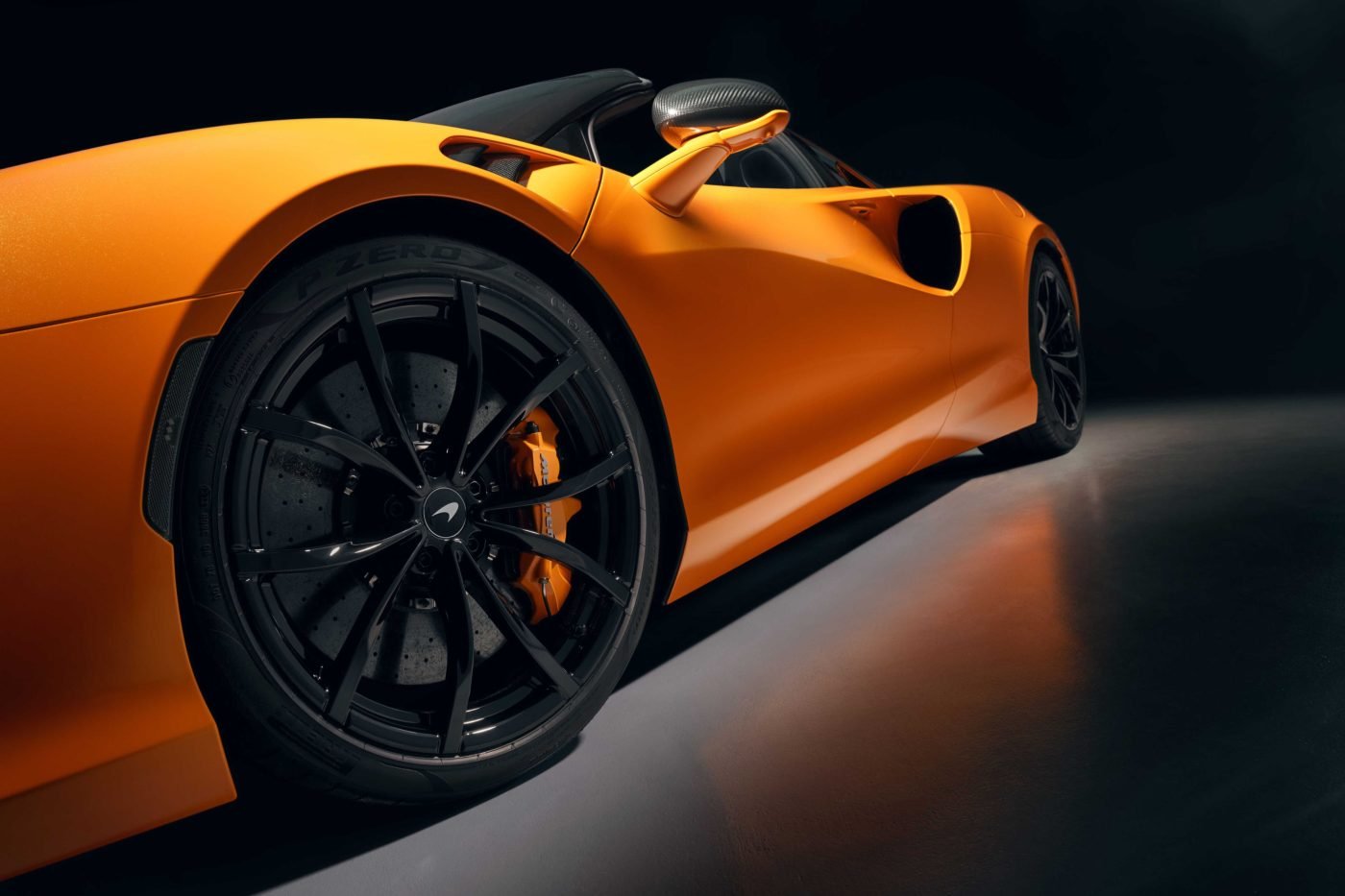
Yet Porsche and McLaren each reflect their respective makers’ approaches to driver engagement. McLaren’s mid-engine purity creates advantages that Porsche’s rear-engine layout, brilliant as it is, cannot match.
The 911 GTS maintains that familiar Porsche driving position that’s been refined over six decades. The dashboard offers multiple screen modes, including the classic five-dial layout that’ll make any Porsche purist’s heart sing, and rear-wheel steering comes standard for the first time in a GTS model.
It’s all predictably excellent, evolutionary rather than revolutionary, like upgrading from a manual espresso machine to an automatic one. Better, but fundamentally the same experience.
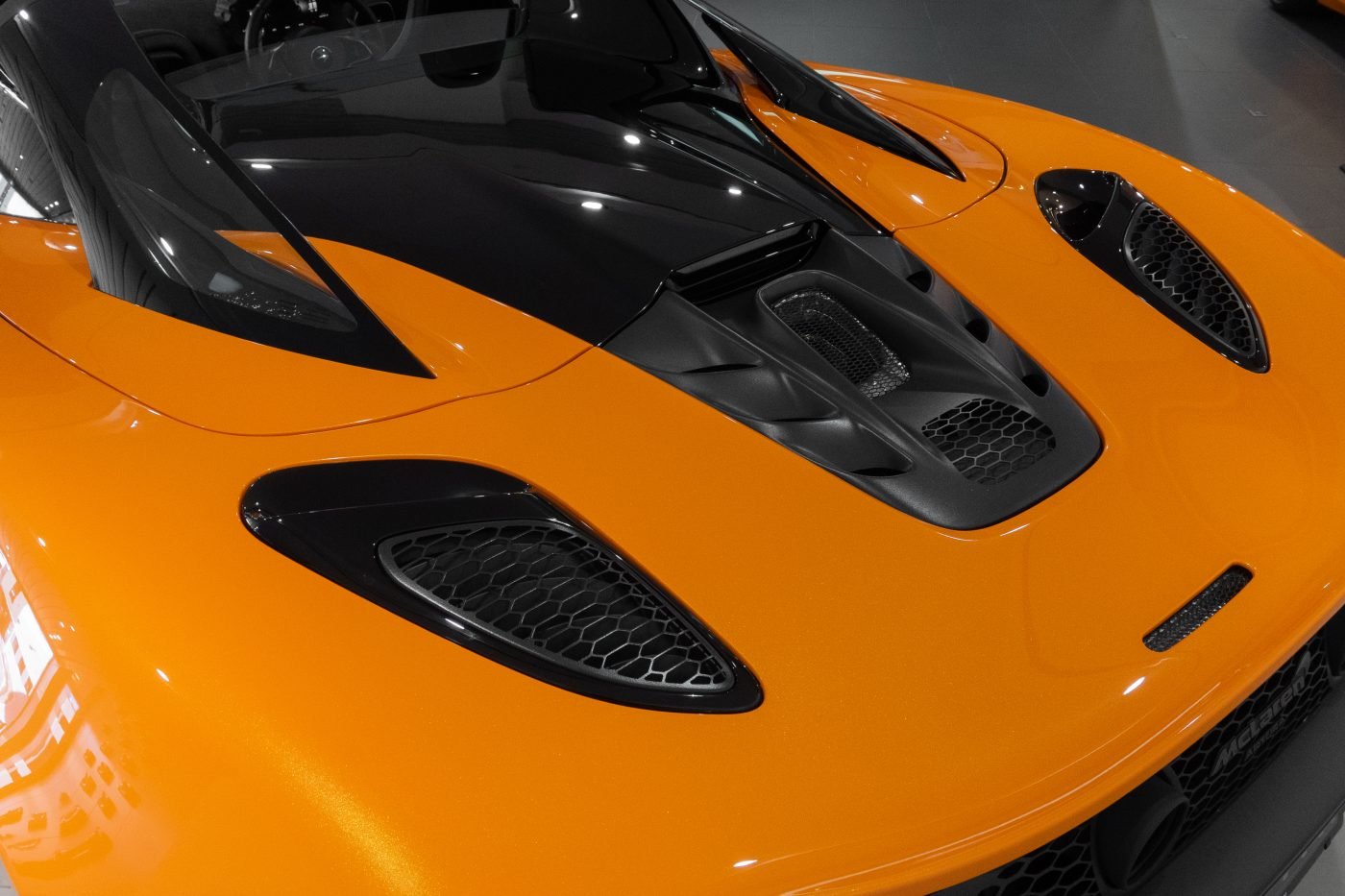
The McLaren’s electro-hydraulic steering system provides feedback that’s becoming increasingly rare in modern supercars. Unlike systems designed to flatter weekend warriors, the McLaren Artura demands attention but rewards precision like a proper sports car should.
The chassis balance is pure mid-engine magic, and the low centre of gravity creates a platform that’s genuinely engaging but refreshingly easy to use every day, whether you’re threading through Redfern traffic or attacking the corners on Macquarie Pass.
Where the Artura Spider truly distinguishes itself is the sensory journey. Each drive begins in pure electric mode, an almost surreal experience that the 911 GTS cannot offer, like having a supercar with stealth mode engaged.
Then comes what McLaren calls a “crescendo of sound” as the twin-turbo engine awakens and the full hybrid powertrain delivers its performance. With the roof down on a perfect winter morning, you’re not just driving; you’re experiencing a full-sensory performance that builds from whisper-quiet to properly exhilarating.
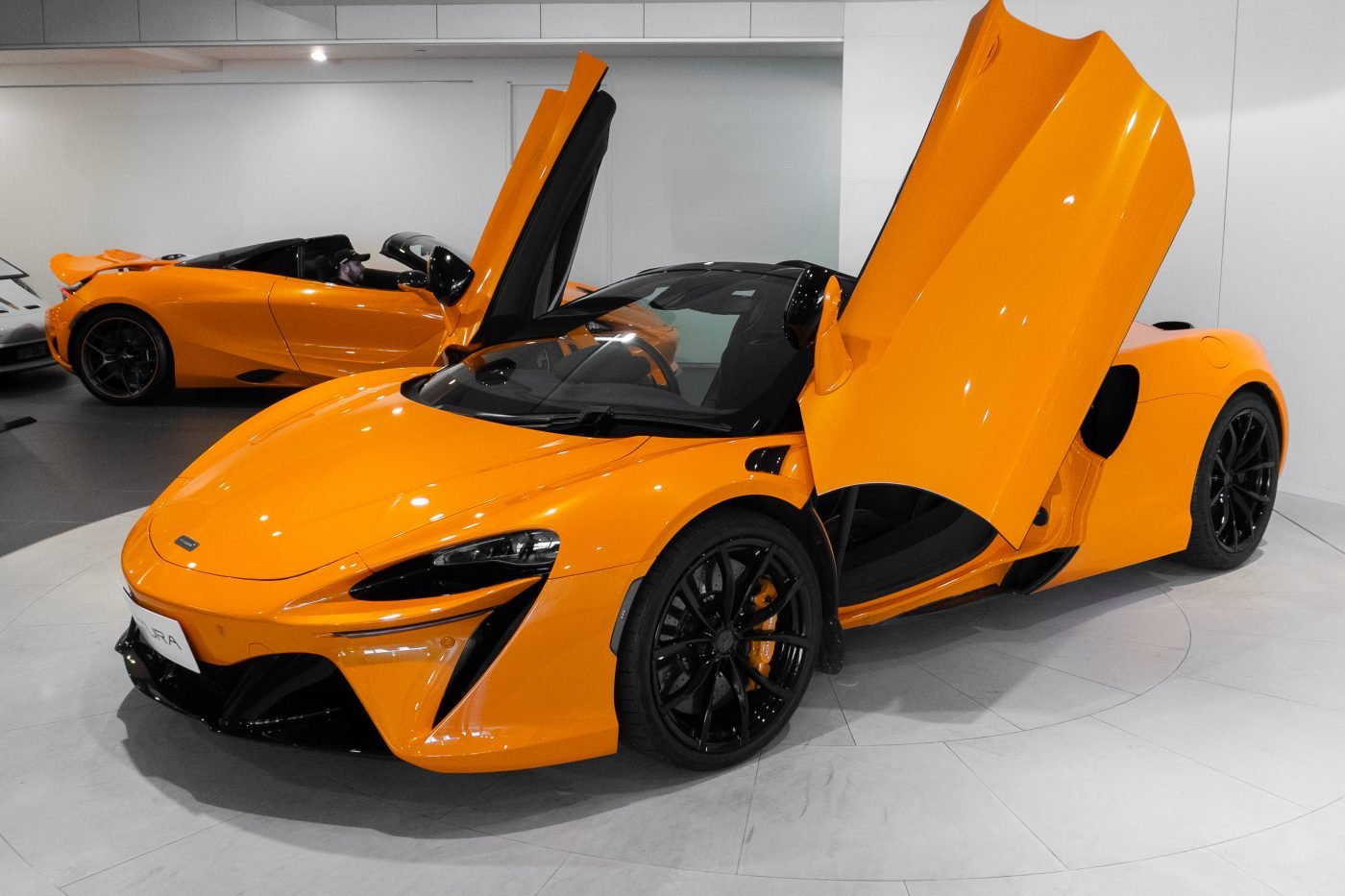
McLaren’s traction control system, developed alongside its GT3 and GT4 racers, offers tuneable slip angles from mild to wild, or complete deactivation for those with the skill to handle 515kW without electronic assistance. You’re not fighting the electronics but collaborating with them like a proper team.
For reference, the Ferrari 296 GTS offers similar mid-engine advantages but has waiting lists longer than a Melbourne Cup Day queue, while the Aston Martin Vantage, despite its impressive 489kW output, relies on front-engine drama rather than pure engineering balance.
At $449,460, the McLaren Artura Spider’s revised MY26 pricing brings it much closer to the 911 Carrera GTS Cabriolet’s starting price of around $417,000.
But context reveals a more complex picture than a simple price comparison, like comparing a hand-built watch to a regular timepiece.
The McLaren offers more power, genuine electric capability, and exotic carbon construction that the volume-produced Porsche cannot match. Though ‘mass-produced’ hardly does justice to Porsche’s manufacturing precision, the company has mastered the art of building exceptional cars at scale
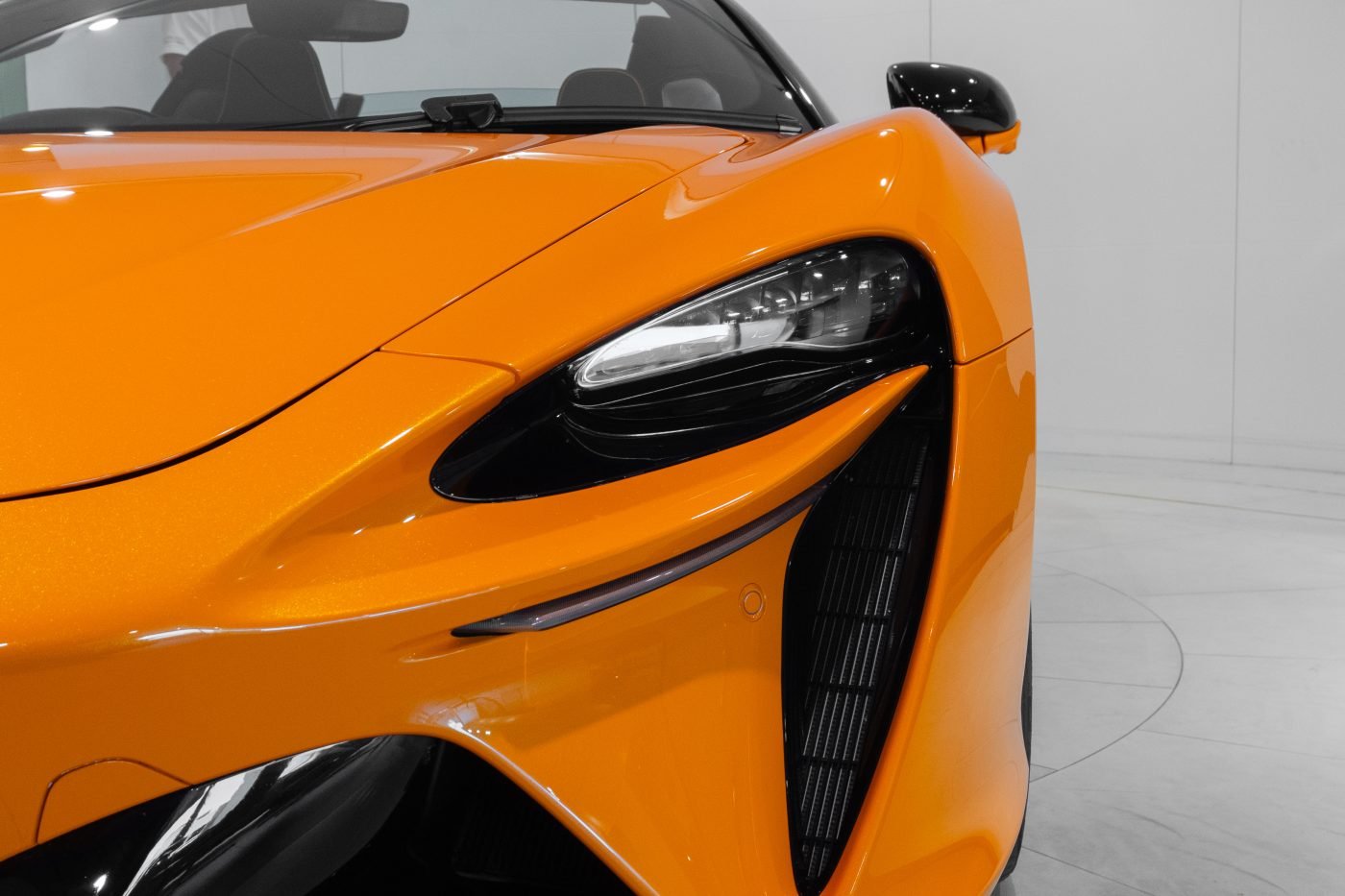
And when you consider that a well-optioned 911 GTS Cabriolet easily approaches $500,000 after you’ve ticked the boxes for carbon-ceramic brakes, sports seats, and the other essentials, and the Ferrari 296 GTS commands around $675,000 before you’ve even looked at the options list, the McLaren’s positioning becomes, well… compelling.
The personalisation story gets even better with MY26. McLaren has introduced two stunning new paint options: Shibuya Spirit (a magenta that shifts between purple and red metallics) and Tempest Blue (a layered hue that transforms from grey to oceanic tones).
Combined with the existing palette ranging from racing-inspired Papaya Spark to ultra-exclusive MSO Bespoke paints, the McLaren Artura offers personalisation that makes almost every other manufacturer’s configurator look like a school project.
Industry context matters here more than most buyers realise. Porsche prints money with Cayenne and Macan SUVs (accounting for roughly 70% of its sales), allowing the 911 to function as much as a brand halo as a profit centre.
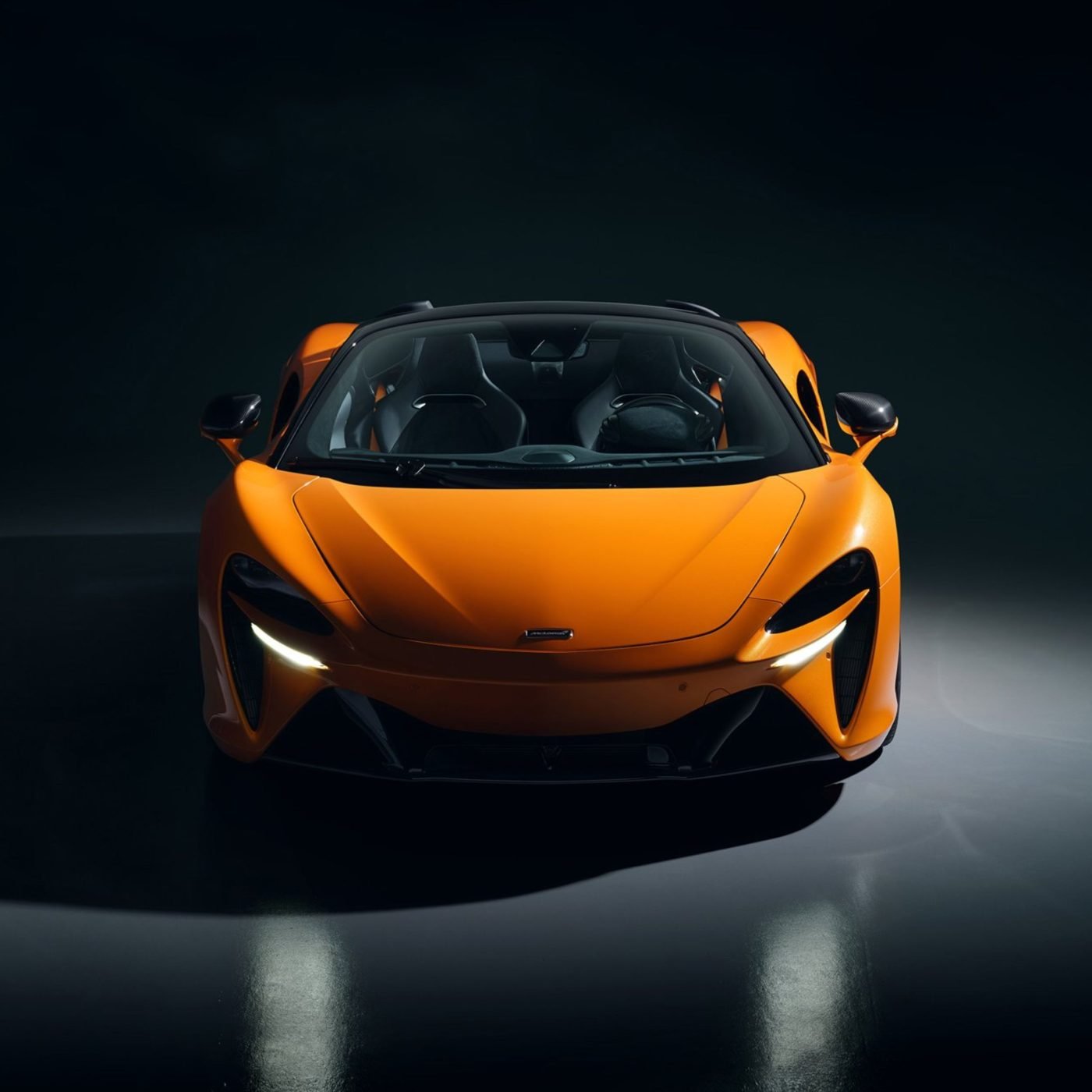
McLaren needs the Artura to succeed; it represents its electrified future and consumed significant development resources during financially challenging times. The result is a car packed with technology and engineering excellence because half-measures weren’t an option.
The practical advantages matter, too, especially for Australian conditions. The McLaren Artura hard-top operates in just 11 seconds at speeds up to 50km/h, faster and more refined than most systems. This means you can drop the roof while cruising through the Royal National Park without missing a corner.
The optional electrochromic glass panel can instantly block 99% of sunlight (perfect for those brutal summer days), while clever aero reduces buffeting to levels that shame conventional convertibles. Your hair will still look acceptable when you arrive at your destination.
McLaren’s ownership proposition extends well beyond the purchase price. The five-year unlimited kilometre warranty, six-year battery, and ten-year body warranty represent genuine confidence in the product.
McLaren’s comprehensive coverage means you can use the thing without constantly worrying about the next service bill.
For MY26, McLaren has listened to Australian owners and made some properly sensible changes. In both McLaren Artura coupe and Spider, the Practicality Pack (including parking sensors, reversing camera, power-folding heated mirrors, and soft-close doors) and Vehicle Lift function now come as standard.
No more scraping expensive carbon-fibre on Melbourne’s charming speed humps or missing that tight parking spot because you can’t see the bollards.
The Technology Pack is now optional, giving buyers more control over their specification and budget. It’s McLaren’s way of saying: pick the tech you actually want rather than paying for stuff you’ll never use.
Here’s where McLaren’s recent F1 success creates genuine relevance.
McLaren’s community celebrates this racing success, as well as the brand’s undoubted engineering nous. It’s not the casual Saturday morning culture of many marques’ ownership, but it’s genuinely engaging for those who appreciate the full story behind performance on and off the track.
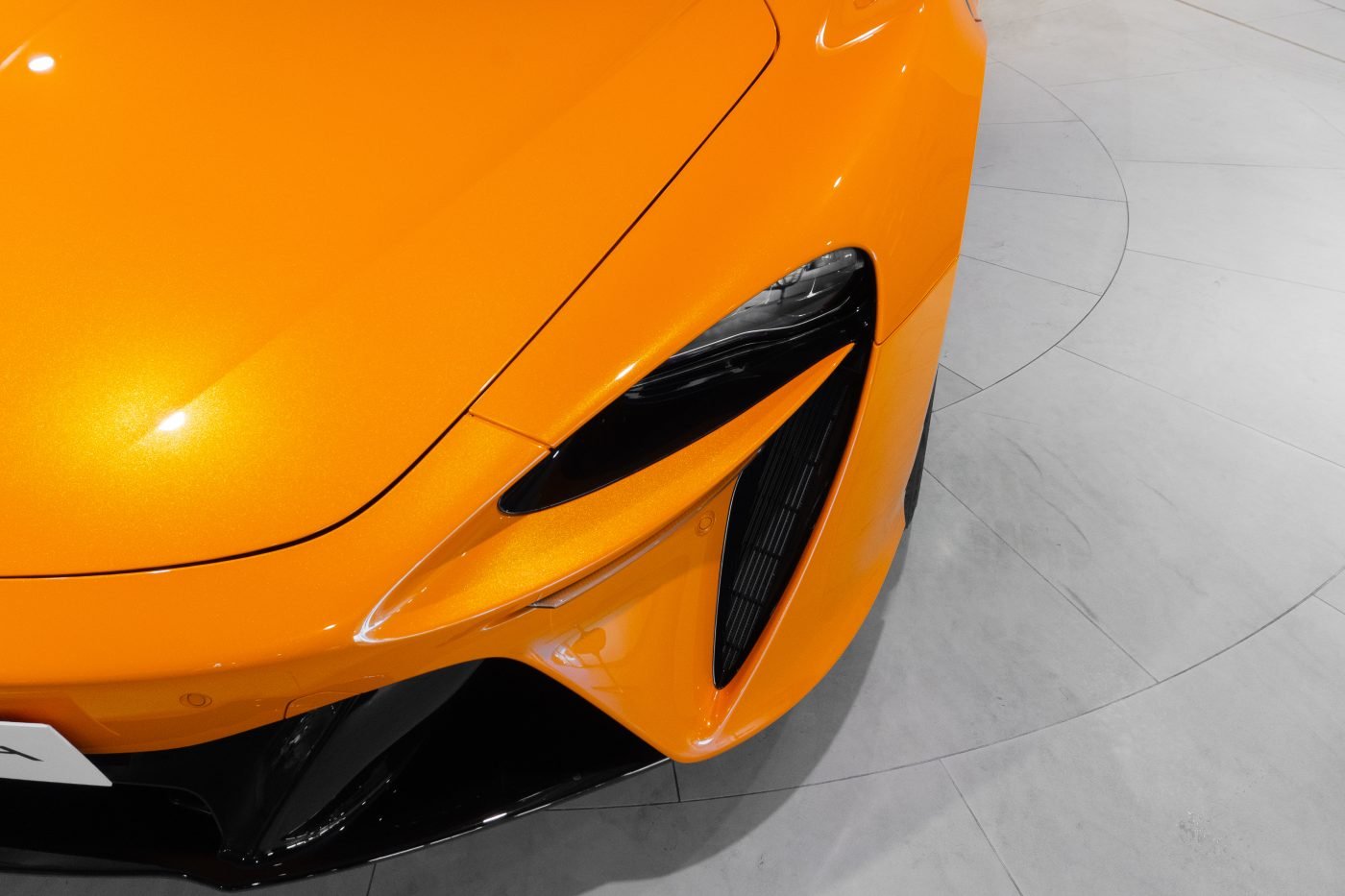
McLaren describes itself as “a cohesive, like-minded family that inspires owners and fosters a unique feeling of community.” The ownership experience reflects this philosophy through exclusive track events (where you’ll learn something), technical briefings from the engineers who built your car, and early access to new models.
The 911 GTS remains a benchmark sports car for good reason. It blends heritage, performance, and everyday usability in a way few others can match. It’s the known quantity and a vehicle that makes sense.
But the McLaren Artura offers something different, a more forward-thinking ownership proposition that happens to deliver superior engineering wrapped in genuine exclusivity.
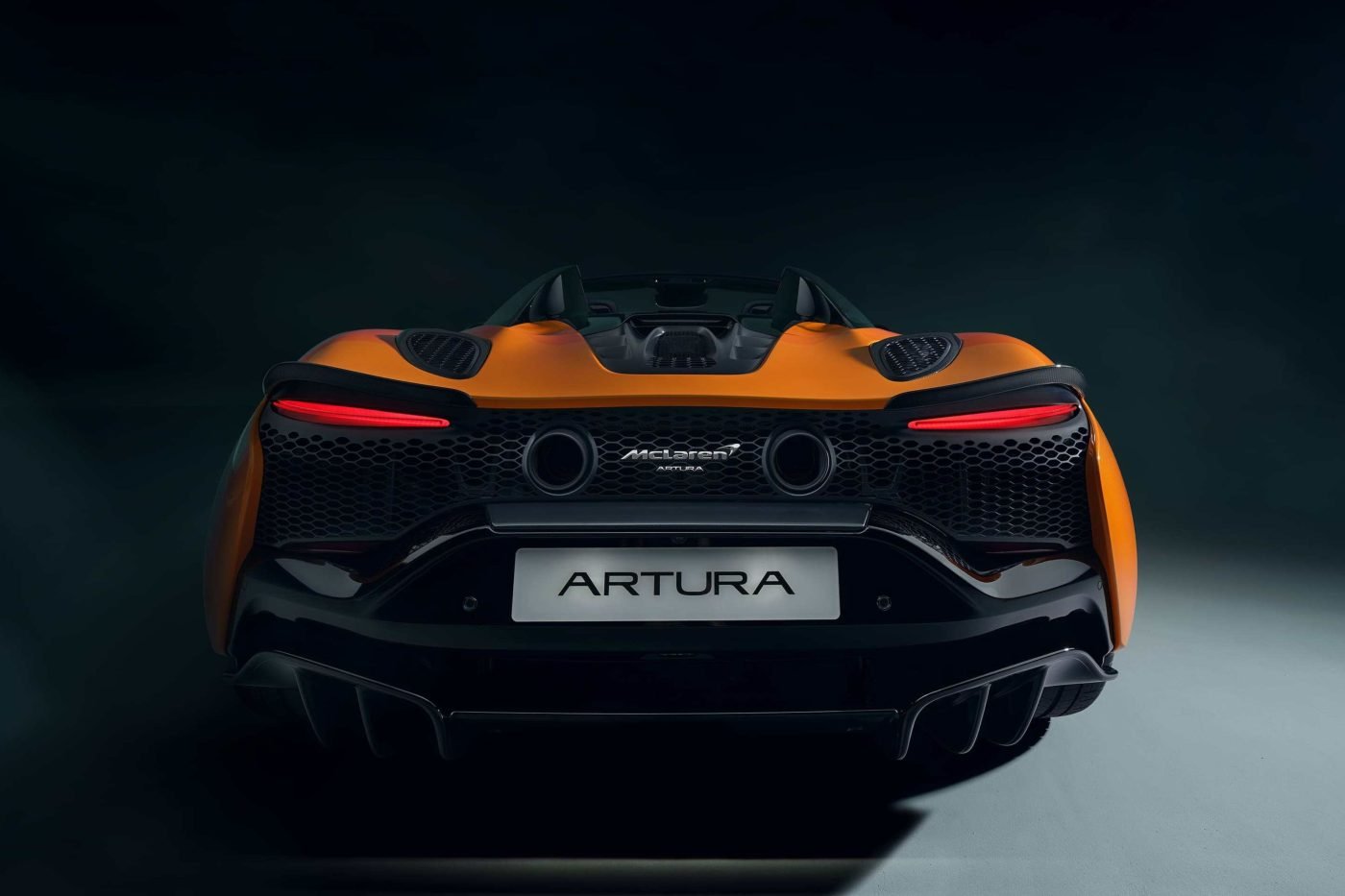
With performance figures that embarrass cars costing significantly more, genuine environmental credentials (that 33km electric range isn’t just for show), and that rare combination of technological sophistication and emotional engagement, it represents the future rather than the past.
The Aston Martin Vantage delivers theatre and AMG-sourced drama for similar money, and the Ferrari 296 GTS offers Italian emotion at premium pricing with matching waiting lists, but frankly, neither matches the McLaren’s combination of advanced engineering, real-world usability, and relative value.
Spider or coupe, the McLaren Artura is the thinking person’s choice in a segment often dominated by badge snobbery and emotional decisions.
So what’ll it be? The evolved icon or the revolutionary challenger?
The 911 GTS is a masterclass in evolutionary engineering that proves electrification doesn’t have to dilute the driving experience. After all these years, it’s familiar, dependable, and still properly thrilling. It’s as if Porsche’s 60-year evolution has turned constraints into strengths. The 911’s heritage isn’t baggage; it’s accumulated wisdom.
The McLaren Artura is something else entirely, a clean-sheet approach to the modern supercar that embraces the future without sacrificing what makes driving special. It’s faster, more advanced, exclusive, and arguably more exciting.
“The new Artura is absolutely the complete next-generation supercar.”
Michael Leiters, McLaren CEO
While CEO quotes are about as reliable as Melbourne weather forecasts, the numbers suggest he might be onto something here. This isn’t about choosing between cars, it’s about choosing between philosophies. Do you want the comfort of proven excellence or the thrill of witnessing what happens when brilliant engineers are given carte blanche to reimagine the supercar?
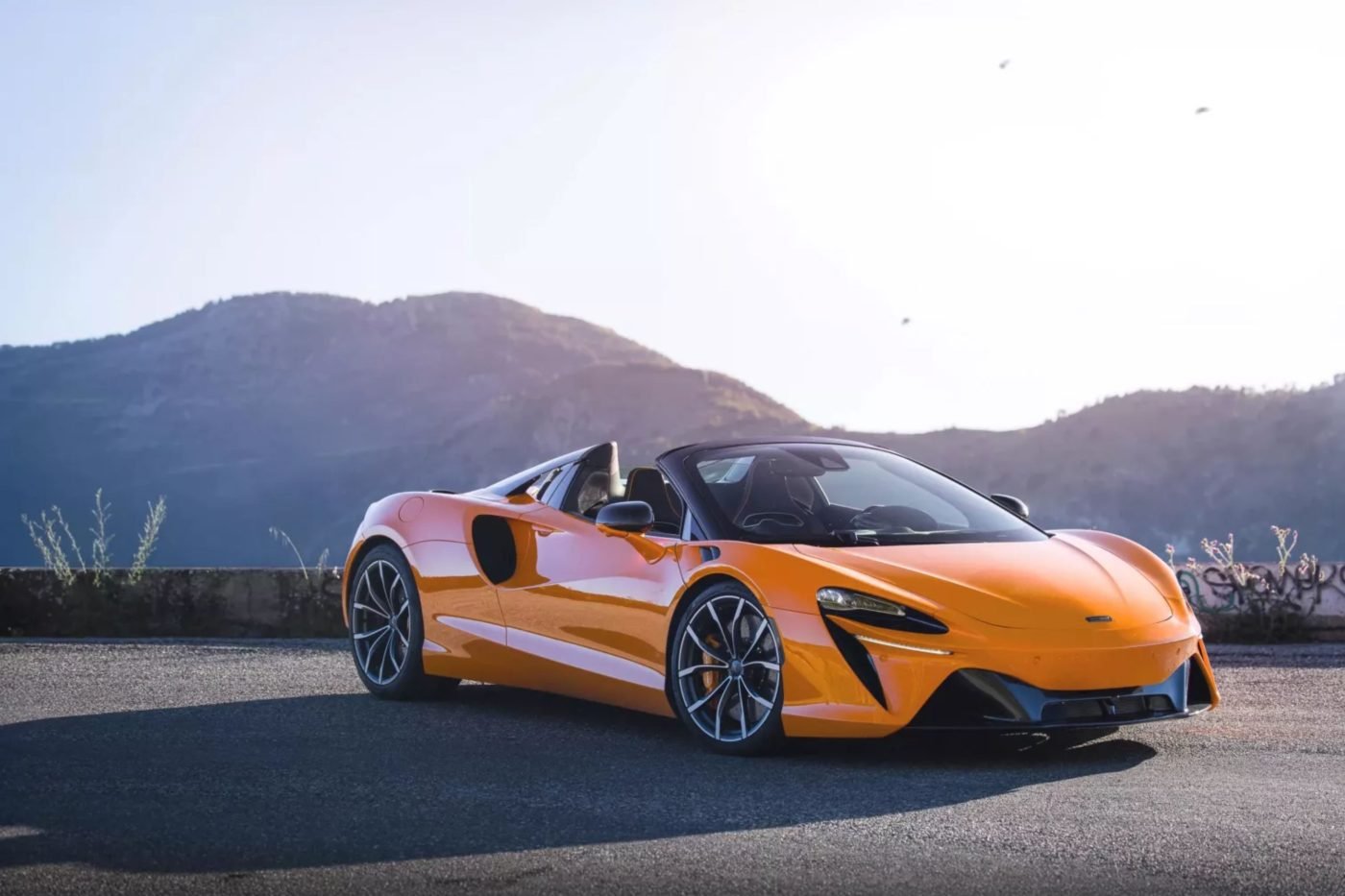
For Australian buyers wanting a supercar for NOW, and with Oscar Piastri making them proud every second weekend, there’s never been a better time to take the plunge.
This marks the beginning of a new chapter for McLaren, inviting a new tier of enthusiasts into the realm where sports car ambitions meet supercar reality. The MY26 updates haven’t just improved the McLaren Artura, they’ve repositioned it as the most compelling entry point into genuine supercar ownership.
Drive the contenders. Then trust your gut, not your spreadsheet. After all, life’s too short for sensible cars…
dmarge





